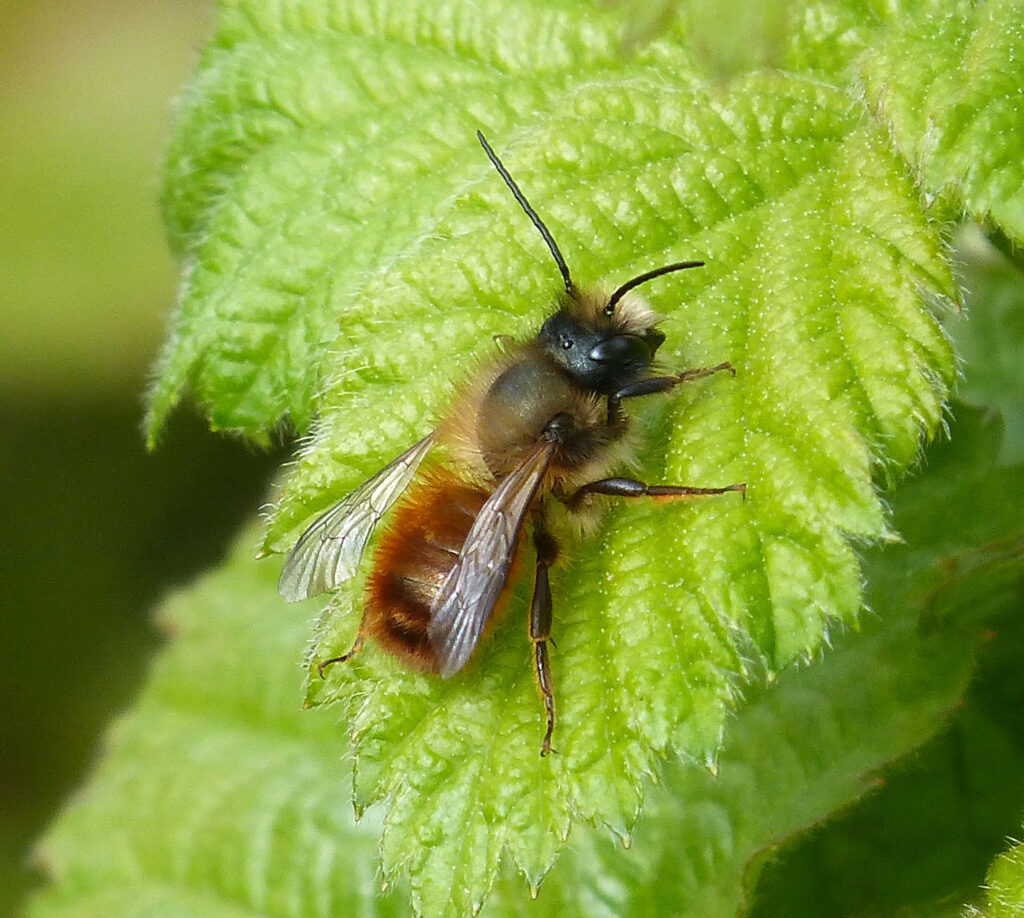Study organism
The red mason bee (Osmia bicornis, hereafter O. bicornis) is a solitary bee species that plays an important role in pollination. O. bicornis has been found to use the proximity of its nests to pollen sources to develop an effective foraging strategy, selecting flowers that are rich in nectar..
The home range of O. bicornis is 300-400 meters from the nest. The females prefer nesting in areas with abundant floral resources. They have been observed to revisit the same nesting sites year after year, indicating site fidelity. The size of their home range may vary depending on the availability of resources and competition with other bees. The size and quality of the nesting habitat can also affect the size of the home range.

Methods
I deployed artificial bee nests in 25 cereal fields with an initial population of 20 cocoons. I distributed the bee nests between weed-rich fields (organic farming systems) and weed-poor fields (conventional farming systems). I did an inventory of both weeds and pollinators in the fields.
The inventory was done by walking transects in the field and I recorded the following pollinator groups: Hymenoptera, Apoidea, Diptera, Syrphidae, Hemiptera, Coleoptera, Lepidoptera.
The inventory of weeds was done by walking transects in the field and, every 10 meters placing out an inventory square and recording the presence of weeds (from a list of 60 weed species) and if they were blooming or not.
I also calculated the arable land cover and length of field margins within a radius of 500 meters from the bee nest.